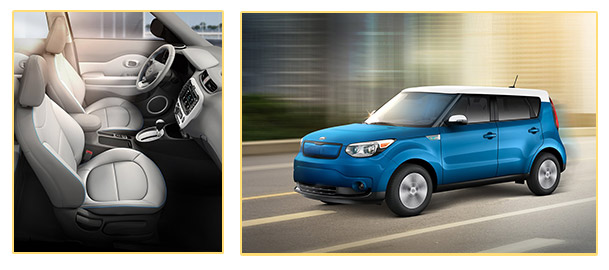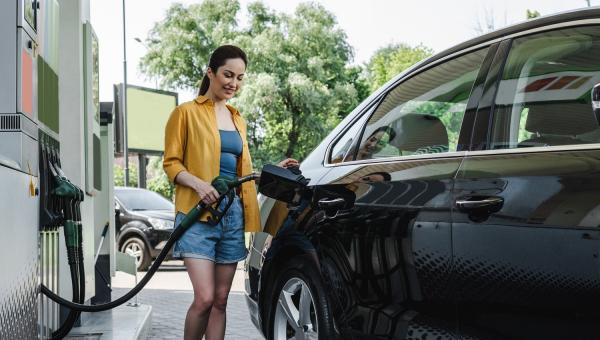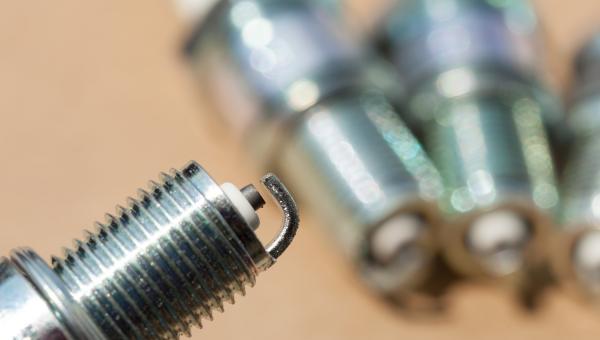Test Drive Notes Library
-
 Pros
Pros
- We really liked the EV version of the Kia Soul! It’s the best fully electric car we’ve driven.
- Thanks in part to the shape and style of the car, the batteries are not at all obtrusive. They’re down low, which actually help the car, lowering the center of gravity, and making the electric Soul handle even better and feel more solid than the gasoline-powered Soul.
- Like the gas-powered Kia Soul, it’s quiet, rides well, and handles nicely.
- Because it’s a crossover design, it’s easy to get in and out of, and has great visibility.
- Good interior room for passengers.
- The Soul EV is rated for 89 miles on a charge, and it’s got plenty of power. In our experience, that number was pretty accurate. We mostly drove in the car’s “Eco” mode, which moderates acceleration and increases regenerative breaking, and it didn’t feel much different from the “normal” mode, so we left it in Eco.
- It’s a very useful car to make electric, with a hatch in the back. There’s not a lot of room for cargo behind the seats, however.
- The Soul has a very clean, airy-feeling interior design, with some nice accoutrements, including heated and ventilated seats, and a heated steering wheel--if you don’t mind using your electrons that way.
-
 Cons
Cons
- The single biggest drawback is the same issue we have with every electric vehicle: the range. An 89-mile range isn’t enough for anything other than modest commutes and around town jaunts. Unfortunately, range-induced anxiety remains an issue for EV drivers, for the Soul and all other electric cars, for the time being.
- There’s no doubt about it, the Soul is odd looking-- which is either a pro or a con, depending upon your own take. But as we’re seeing more of them on the road, the space alien factor is diminishing, allowing the practicality to shine through.
- That said, some people definitely would not be caught dead in this car. But if you were caught dead in the Soul, you could fold down the back seats, and you’d probably have enough room to lay the body out back there.
- A minor complaint: The charging point is in the very front, on the grille. To operate it, you need to press a button inside to unlock it. Why? Who’s going to break into your car and give you electricity?
- The MSRP starts at $33,700, to which you can subtract a $7,500 federal rebate. Fully loaded, you’ll pay $36,500, or about $29,000 after the federal rebate. That’s about $5,000 more than a comparably equipped, gas-powered Soul. So… will you make up the extra cost over the life of the vehicle? Doubtful. If you drive 10,000 miles a year, you’ll save about $350 in fuel. And that’s assuming that you don’t get stranded and eaten by wolves when the batteries go belly up on I-90 outside Yellowstone, on your three-month-long cross-country EV road trip.
- But you are saving the planet! And if you bought one of these, we’d be among those grateful for your contribution to mankind.
- We’re eagerly awaiting the development of better battery technology. When a car like this can go 200 or 250 miles on a charge, then it will be a real alternative for a much larger swath of the population. But the Soul shows how pleasant and practical an electric car can be.
Test Drive Notes Library
Get the Car Talk Newsletter
 Pros
Pros Cons
Cons


